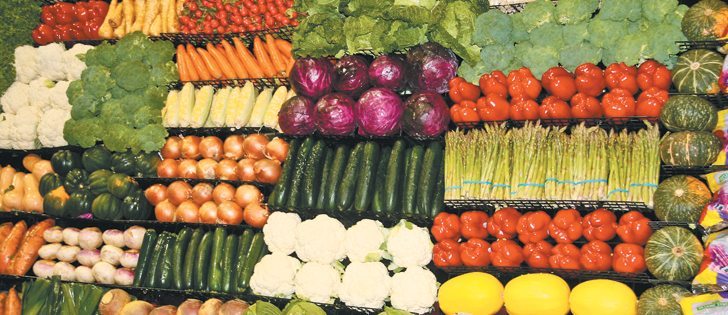Visitors to Jason Verkiak’s vegetable farm are looking for a connection to the producer and homegrown food.
“They want to know who is growing their food,” said the president of the Ontario Fruit and Vegetable Growers Association, who grows 250 acres of onions, beets and carrots near Guelph, Ont.
His business includes a fruit and vegetable box program, in which he and other farmers supply 500 families with fresh produce during the growing season.
It is a thriving business, and his customers want more information about nutrition, GMOs, organic food and pesticides.
Read Also

Know what costs are involved in keeping crops in the bin
When you’re looking at full bins and rising calf prices, the human reflex is to hold on and hope for more. That’s not a plan. It’s a bet. Storage has a price tag.
Dietitians could help this growing population, which has no connection to agriculture and is unsure about cooking.
Alberta dietitian Kristyn Hall said Canadians are not eating enough fruit and vegetables on a regular basis, which has become a public health issue.
Whether to eat organic or conventional produce is a personal choice because the nutritional content is the same, she added.
“Consumers focus on this aspect, and what we know is they need to be eating more vegetables and fruits in general,” she told the Canadian Produce Marketing Association annual convention, which was held in Calgary April 12-14.
The average family of four needs to eat 80 cups of fruit and vegetables a week, but few are achieving that.
“It is one thing we can agree on as dietary professionals: we need you to eat more of this food,” said Alberta dietitian Heidi Prosovo.
Dietitians are trained professionals who complete a four year degree and 1,250 hours of supervised training with another dietitian. Certification examinations are set and continuing education is required each year. They are registered with the government.
A nutritionist is not registered, and may not have the same level of training.
Much of their job comprises guiding people toward healthier choices and helping manage chronic disease and obesity.
“Three out of five Canadians over the age of 20 are living with a chronic disease like heart disease, high cholesterol, overweight, diabetes or cancer,” Prosovo said.
There is a growing trend toward “culinary voyeurism,” in which people like to watch cooking shows on television but have limited skills themselves.
Many Canadians opt for assembly type meals rather than cooking from scratch. They are not learning to cook at home, and schools no longer offer cooking classes.
They may not buy something different because they are not sure what it is or how to prepare it. They may have heard that a specific food is not a healthy choice.
Others are following trends such as cleanses, gluten-, dairy- or nut-free, vegan, paleo or Nordic diets. They may be worried about fruits and sugar or they may be interested in locally grown organic food.
Finding credible and useful information is difficult, and Provoso said a growing trend is for grocery stores to hire dietitians to answer these questions.
“Grocery stores are starting to promote healthy products, and they need trusted experts,” she said.
Eighty-five percent of the grocery store chains in the United States have a corporate dietitian on staff.
The Overwaitea chain, which owns Save-On Foods, is leading the way in Alberta with a dietitian on staff and an online dietitian website.
In Ontario, Loblaws has added dietitians who can provide nutrition counselling, in-store cooking demonstrations and store tours.
“We do believe health and wellness is becoming a key trend in the retail trade,” Hall said.
“This can help drive sales and customer loyalty.”
Dietitians also offer nutrition tours for adults, schoolchildren and groups such as Girl Guides.
“It really gives people an opportunity to look at products they wouldn’t normally use at home,” said Prosovo.
It helps them learn more about food and what to do with it, read labels and understand the information to make better choices.
“When people have better cooking skills, they actually tend to eat more vegetables and fruit,” said Hall.
















